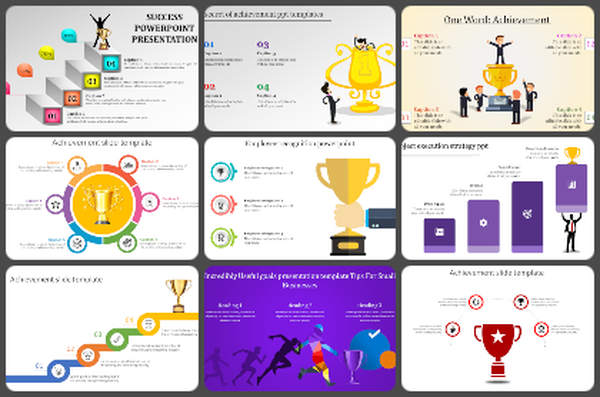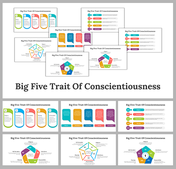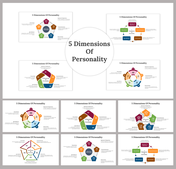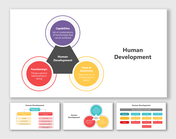Behaviorism Theory PowerPoint And Canva Presentation
Behaviorism Theory PowerPoint, Google Slides, and Canva Template
Behaviorism theory focuses on the idea that all behaviors are learned through interactions with the environment, emphasizing observable actions over internal thoughts or emotions. This psychological theory, founded by John B. Watson and expanded by B.F. Skinner, suggests that human behavior can be understood through conditioning—where external stimuli lead to specific responses.
Purpose Of The Slides
This presentation is designed to simplify complex concepts of behavior theory, making it easier to explain classical conditioning, operant conditioning, and the role of reinforcement. The presentation uses a multicolor theme with unique infographics to enhance your presentation, helping you communicate key ideas clearly. It is perfect for discussing the historical background, key experiments (like Pavlov’s dog experiment), and practical applications of behaviorism in education and therapy.
Who Can Use It?
Our behavior theory PowerPoint presentation is ideal for psychology students, educators, trainers, and professionals looking to present on topics related to behavioral psychology. It’s an excellent resource for college lectures, academic seminars, or team training sessions, providing a solid foundation for understanding and discussing behaviorist principles.
Special Key Features
Ready to present behaviorism theory with confidence? Download our behavior theory presentation now, compatible with PowerPoint, Google Slides, and Canva. To help you present these core concepts effectively, our behavior theory presentation offers a pack of 11 visually engaging and well-organized slides. Customize it easily with your own content, and make your presentation impactful and educational. Get started today and engage your audience like never before!
Features of this template
- 100% customizable slides and easy to download.
- The slides contain 16:9 and 4:3 formats.
- Easy to change the colors quickly.
- Highly compatible with PowerPoint, Google Slides, and Canva templates.









































